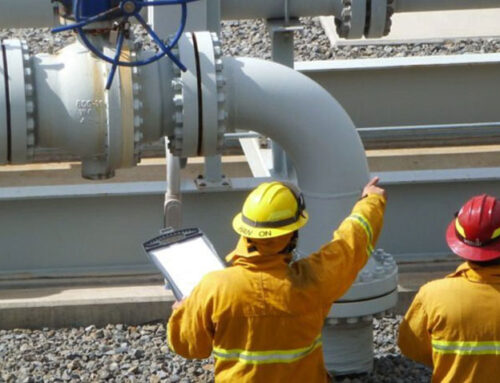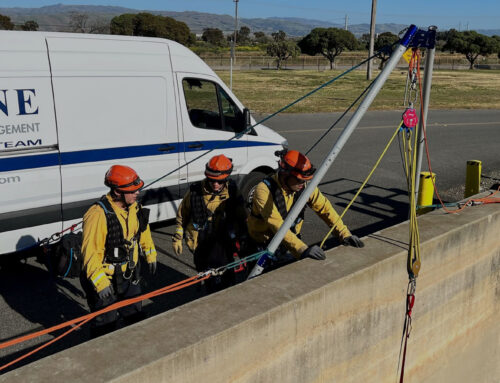Leadership is talked about throughout all levels of business and there are many different types of leaders. Some leaders tend to be proactive in styles while others are reactive in style. When it comes to a safety management system is important to know what leadership style you will adapt.
A safety management system is not just having written documentations for OSHA compliance. It’s more than having training now and then for employees. A safety management system is integrated with the organizational culture giving it the same level as production and quality.
A safety management system will include planning activities, organizing, staffing, controlling, and other functions of leadership. The system will include detailed relationships between all aspects of the organization and how it integrates into safety as a whole. In order to have an effective safety management system there must be qualified leadership.
Transactional Leader
A transactional leader is one who by nature observes what has happened in an event and then chooses the next course of action. The transactional leader will often have influence from other people to make a decision. The decision can be based on actual events or what is known as lagging indicators.
A lagging indicator is:
- total recordable injury rates
- days away restricted transfer rates
- experience modification rates
- OSHA recordable injuries
- injury reports
When an unplanned event happens, this is the time for transactional leadership. The transactional leader will quickly assess events and determine what is needed to counteract any adverse condition.
As a transactional leader it’s important to have the safety system in place to make all changes rapidly and in a systematic format. It is also important for the transactional leader to have all of the necessary systems, equipment, and relationships ready at any time an event happens.
Fire, rescue, and safety services can be essential for the transactional leader because they will need trained professionals equipped and ready to react to any unforeseeable event.
Transformational Leader
A transformational leader is a visionary who sees where the future of the organization is and will lead before any event happens. This type of leadership style is proactive. They use the safety management system to its fullest extent to integrate with all other business practices.
The transformational leader will be ready for events through planning with all aspects of the business. They will incorporate the organizational vision into the safety vision therefore aligning safety goals with organizational production and quality. This leadership style will have the end in mind prior to the actions commencement.
When transformational leaders are faced with planned jobs they will already have forged all necessary relationships, equipment, and budgeting requirements. They may even go against the grain of management in suggesting new types of contracts because they see the need for changes in the future.
Such an action by a transformational leader would lead to an organization being ready for events because they would have already had staffing, contracts, and other entities in place prior to the events. When an emergency happens, such as an excavation cave-in, one call to the right safety services is available because of contracts being in place.
The transformational leader may have to fight some uphill battles if the decision-maker for the organization is a transactional leader. The transformational safety leader will have to engage the transactional decision-maker with true facts of how much of an accident would cost if they are not prepared. Additionally, the safety transformational leader could show the true cost of any accident will also include violations occurring from not having proper preparation resulting in an injury.
Be prepared for emergencies and having an outside staff perform safety checks are just two ways both styles of leadership can be ready for any event causing an injury, illness, or organizational loss. Each type of leader will be defined by how well they lead and manage the organization’s resources. Fire, rescue, and safety and compliance services can be made available through annual contracts to ensure resources are managed and protected effectively.




